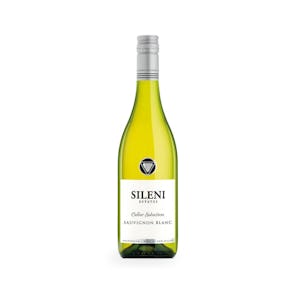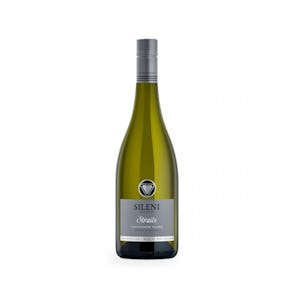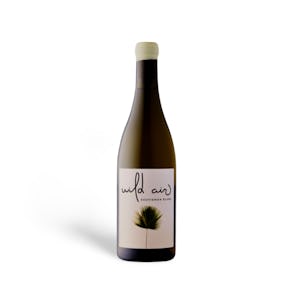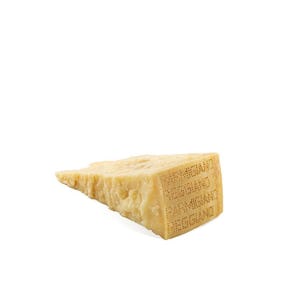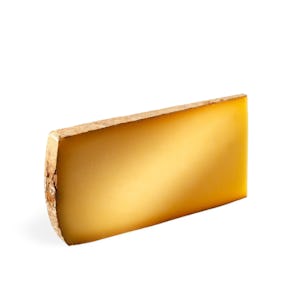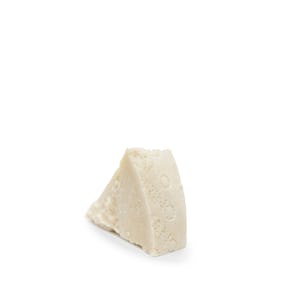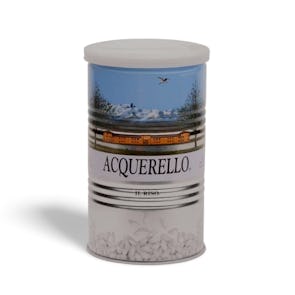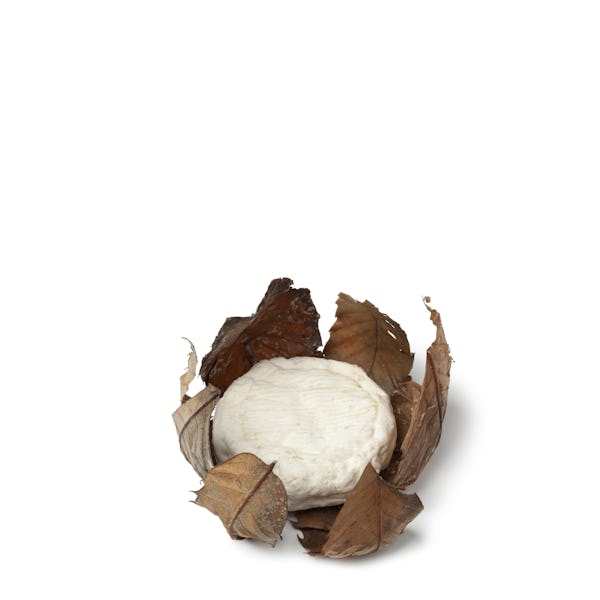
Tasting Notes from the Curator
Also known as Banon à la feuille, Banon cheese is wrapped in a case of chestnut leaves, held in place with raffia. Cheese makers gather the leaves in autumn when they fall off the trees. Some of the producers dip the leaves and raffia in vinegar or eau-de-vie to impart a unique flavour to the cheese.
Banon is aged for a minimum of two weeks. As it ages further, the soft & sticky cheese develops blue and gray moulds on and under the leaves, leading to a strong and intense flavour. The casing of leaves protects the washed-rind disc and allows the young, slightly acidic cheese to remain moist. It also imparts a fresh vegetable flavour with a hint of wine. Banon cheeses range from firm, mild and lactic to soft, creamy and tart, with a nutty flavour.
Pairings
Banon goes well with crusty baguette, fresh fruits and a glass of dry white wine.
Written in History
The history of Banon certainly began a long time ago because the legend tells us that the Roman emperor Antonin Le Pieux (86 – 161) ate so much of it that he died.
More seriously, several texts authenticate the presence of goat’s cheese in the region since the Middle Ages, notably in the form of Tome (Toumo in Provençal) which is the Banon presentation before being set into leaves.
A. Quenin, tells us that the product appears for the first time in 1270 on the trade fairs and markets, because, this local scholar adds, the term “cheese of Banon” is mentioned in old sentences of Banon and Saint-Christol.
In 1849 the Abbé Ferraud, a famous monograph of the Low Alps writes under the word Banon “there are in Banon several popular trade fairs. The cheese sold there is really appreciated.”
Storage Instructions
Cheeses (except brined ones in jars) should be stored in the crisper or the butter drawer of a refrigerator, not on the shelves themselves. This is to help regulate their temperature and humidity levels—and prevents the formation of mold. Once opened, they should not be kept in their original packaging. Soft cheeses with delicate rinds need to breathe, so they are best placed in glass containers lined with paper towels to absorb extra moisture. Leave the lid open a tiny bit for air to circulate and don’t forget to write up a label with the date you first opened the package. Kindly pay attention to the best before date label when you receive your cheese. Consume prior to date indicated


